Once buried by sand, the secrets of an ancient Silk Road kingdom are lost to time no longer

Loulan, an ancient Silk Road city often dubbed the "Oriental Pompeii," has long been a source of legend and cultural mystery in China. Lost to the shifting sands of the Lop Desert a millennium ago, the once-bustling city is now undergoing a 21st century revival of interest as modern technology and human preservation efforts bring back the past.
Loulan's history dates back to the Han Dynasty (202 BC-220 AD), when it was an important oasis and a crossroads of Eastern and Western trade and culture. It's located in what is today the Xinjiang Uygur Autonomous Region of northwestern China.
Archeological excavations there have unearthed thousands of artifacts, including mummies, woodenware, bronze items, pottery, embroidery and even documents written in local languages. Among the most celebrated discoveries is the "Beauty of Loulan," a remarkably well-preserved 3,800-year-old mummy found in 1980.
The main ruins of Loulan are virtually inaccessible to the public today due to their remoteness and concerns about damage to the fragile nature.


Though the central Loulan site is off-limits to visitors, the wider region it once controlled, known as Loulan Dao, or Great Loulan region, does encompass historical sites open to tourists. They include settlements, Buddha towers, watchtowers and a wealth of cultural relics housed in local museums.
One such site is Miran, an ancient city that once thrived as a center of Buddhism. It was a major stopping point for caravans on the Silk Road. Like Loulan, it was eventually devoured by sand.
In 2023, the site was opened as a tourist area. The Miran ruins, though a fraction of a former city's former grandeur, contain a large rectangular fort, a monastery and several stupas built from sun-dried bricks.
Artifacts unearthed at Miran, including frescoes, Buddha paintings and scripts, offer details of the trade links that connected ancient China and cities as far as the Mediterranean Sea, also tracing the spread of Buddhism. A notable finding at the site is a "flying angel" painted with in a style that fuses ancient Greek painting techniques with Eastern aesthetics.
The stunning, rare work of art serves as a gateway to the past, said Gao Jinglian, manager of the Miran site and museum.
Gao has dedicated over 20 years to the site, earning her the moniker "guardian angel of Miran." A native of Henan Province, she moved to the remote region in 1999 and never left. Every day, she patrols the site, enduring temperatures that can exceed 45 degrees Celsius, and acts as a tour guide, sharing stories with tourists about the rich history of the area.
Four hours' drive from Miran, Yuli county is home to 13 beacon towers that have stood for over a thousand years. They are called the "Great Walls of Xinjiang." Originally built as military facilities for the Loulan region during the Han and Tang (AD 618-907) dynasties, the towers are now regularly patrolled by rangers like Gupur Qurban.


"We protect historical sites," said Qurban, whose job it is to fend off unauthorized visitors who may want to thieve historical pieces and to monitor the weather and desertification. Several surveillance cameras are going to be installed around the ancient towers to aid in that effort.
Findings from the towers and other local relics are now displayed at the Xinjiang Yuli Silk Road-Great Wall Cultural Museum. Opened in December 2023, the landmark museum is designed with an exterior resembling 11 connected beacon towers. It won a gold award at the global MUSE Design Awards this year.
Director Fan Zhixin notes that the museum leverages modern technology, including sound, light and electricity, to create an immersive experience. Visitors can view 3D-scanned and printed tower models, and experience a modern-day version of a historical enemy-warning system recreated with moving walls and overhead beacon lights.


Similarly, the Loulan Museum in Ruoqiang County, the world's only Loulan-specific museum, uses modern technologies to bring the past to life. Greeting visitors is a replica of the "Beauty of Loulan," a digital restoration of the mummy created using advanced computer graphics and artificial intelligence. In the first half of the year, over 140,000 people visited the Loulan Museum.
Its collection includes nearly 6,000 relics, including inscribed wooden slips and paper documents found near a famed "three-room house." Archeologists and historical sociologists have determined that Loulan once housed the offices of top officials dispatched by the central government to the area.
Beyond the museums, a Loulan-themed cultural park in Ruoqiang displays a host of embossed walls and sculptures that showcase rich local history alongside symbols and legends from Greek, Indian and Egyptian cultures, representing the region's historical role as a crossroads of civilizations.
The county as a whole has seen a tourism boom, attracting 940,000 visits in the first seven months and generating 840 million yuan, a 24 percent year-on-year increase, local officials said.

For those with limited time, Korla, second largest city in Xinjiang, offers a glimpse of Loulan's heritage in a museum with an exterior design based on a Yuli beacon tower. Another attraction is a park with rebuilt Loulan-style structures inside – a popular site for wedding photos.
A new tourist train affords visitors a trip through the harsh, historical desert region that ancient traders could never have dreamed possible. Launched in July, it connects Great Loulan regions like Hotan, Miran and Ruoqiang to cities in Qinghai Province to the south and ultimately to the city of Chongqing.


In Case You Missed It...
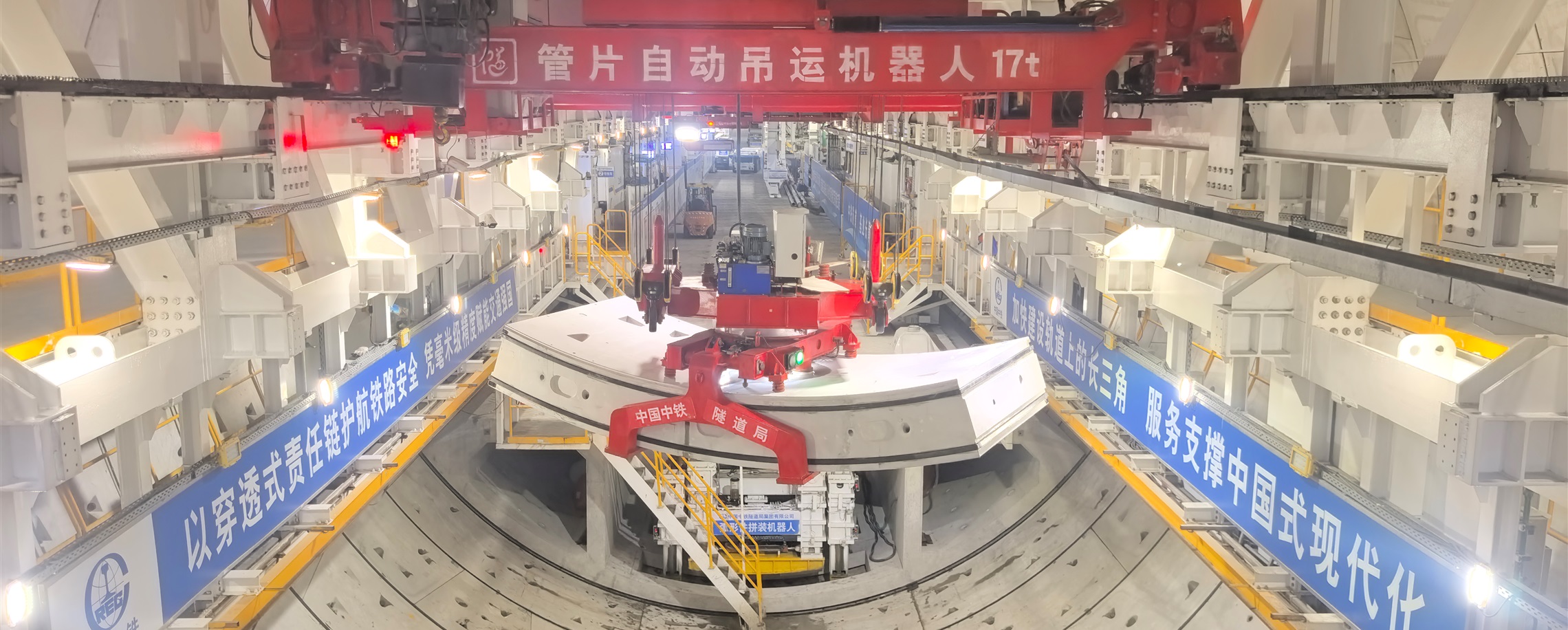

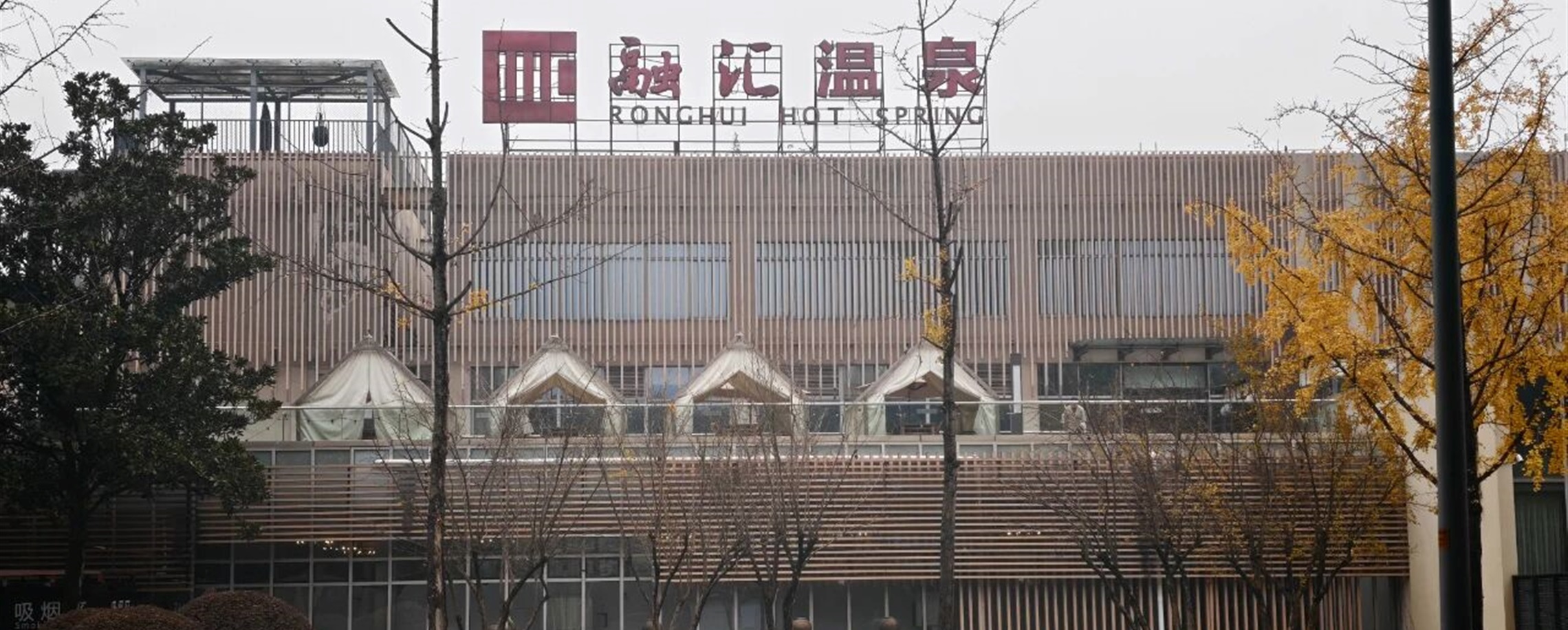
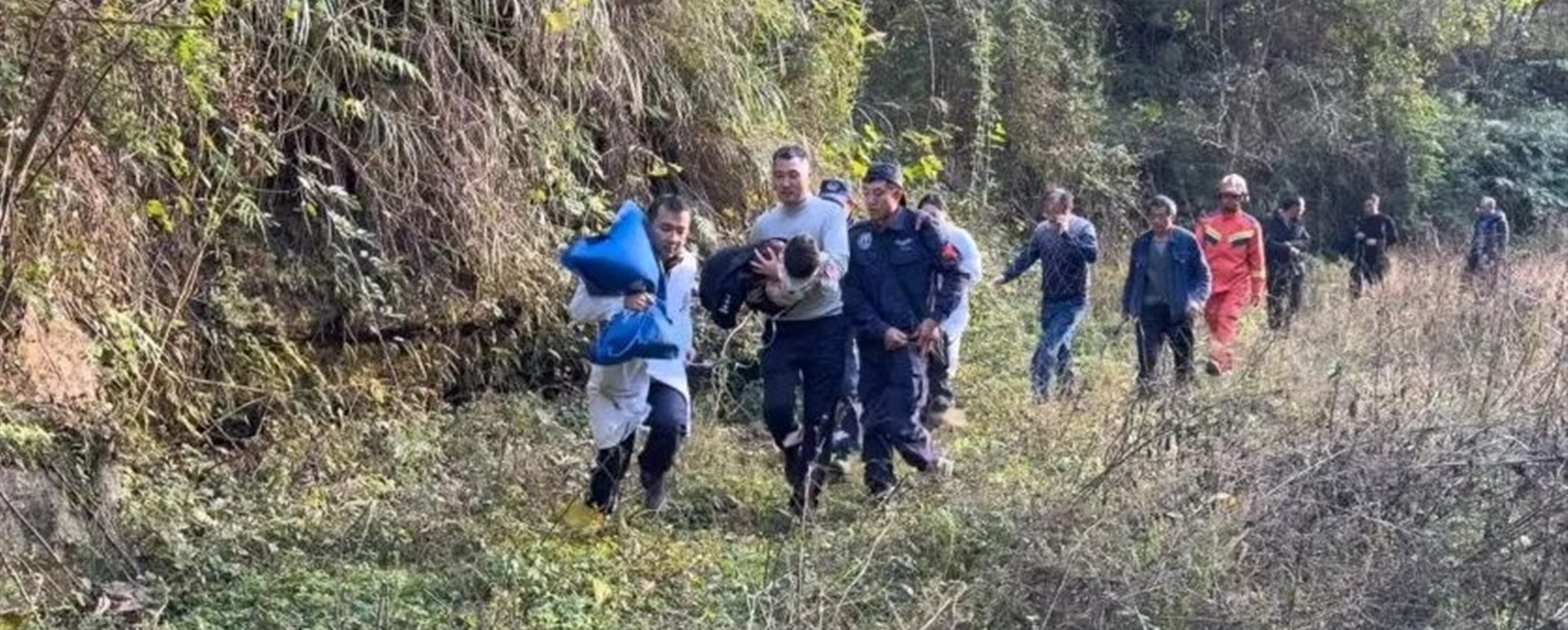


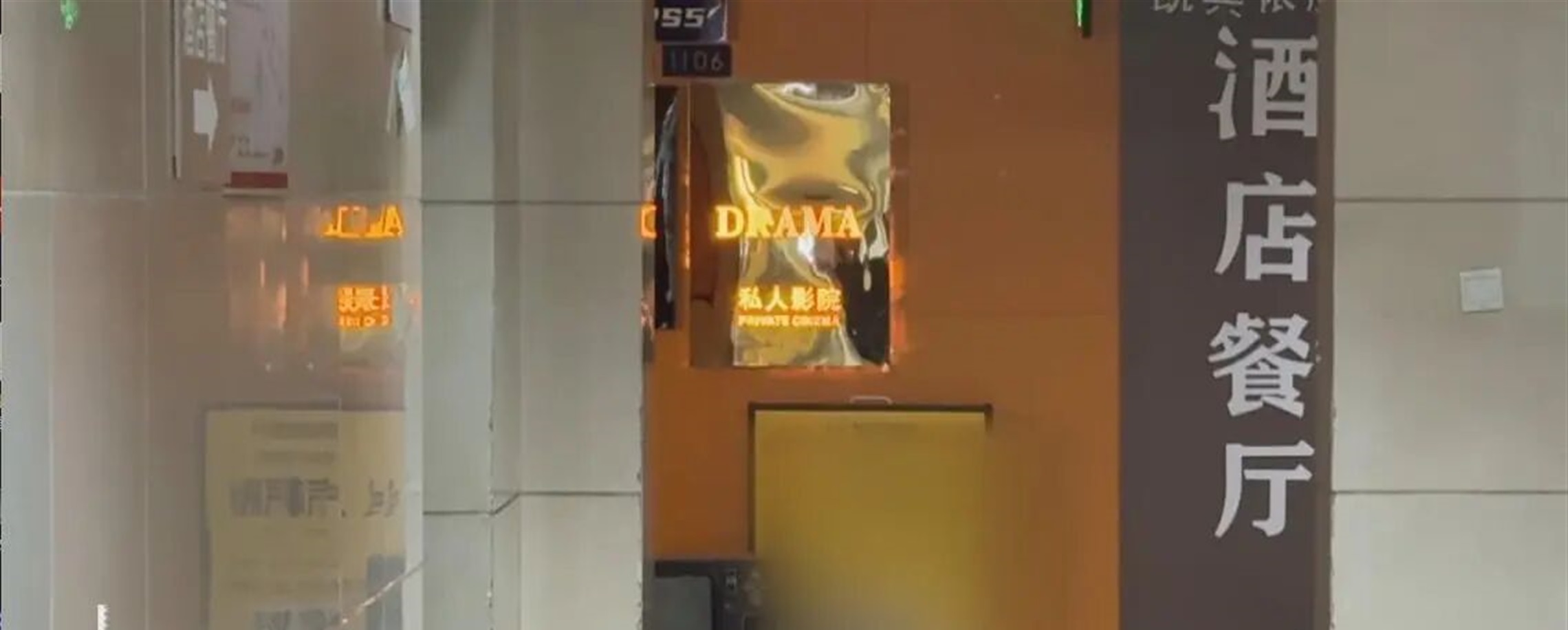
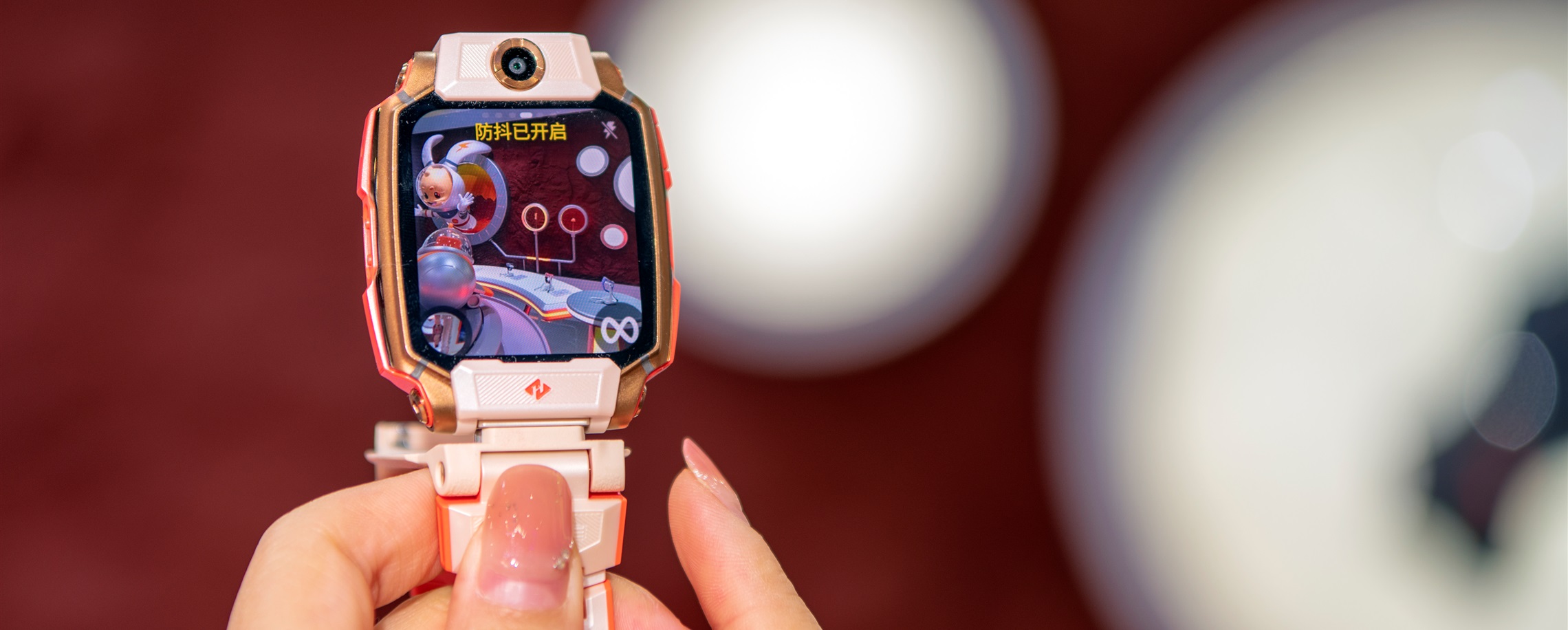
![[China Tech] Local Pediatric Hospital's Research Ward Attracts Overseas Patients](https://obj.shine.cn/files/2025/12/20/b4d1d747-2404-4ab3-abbc-9a3bc83a9222_0.jpg)